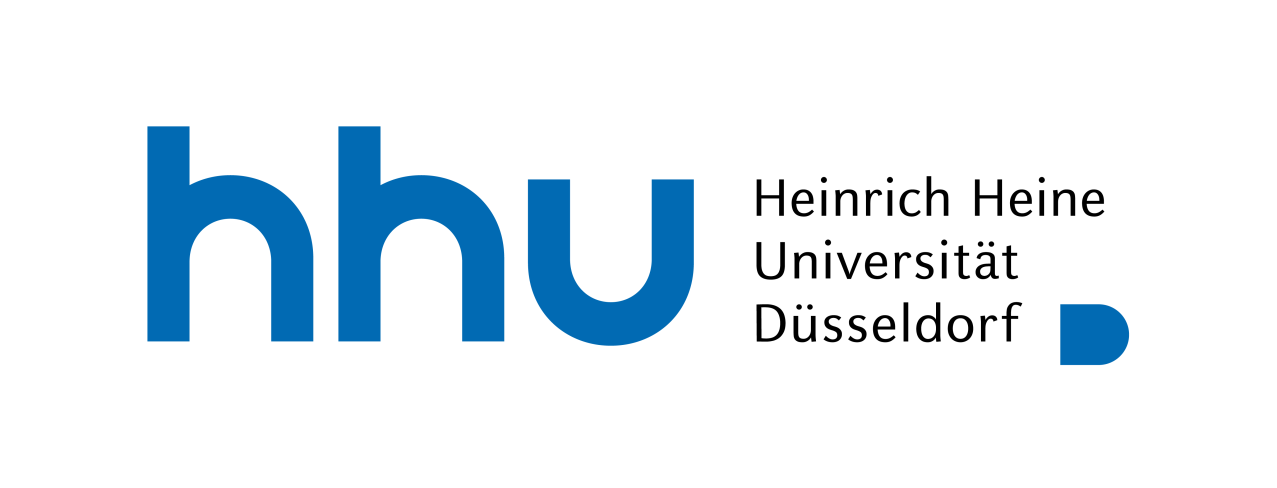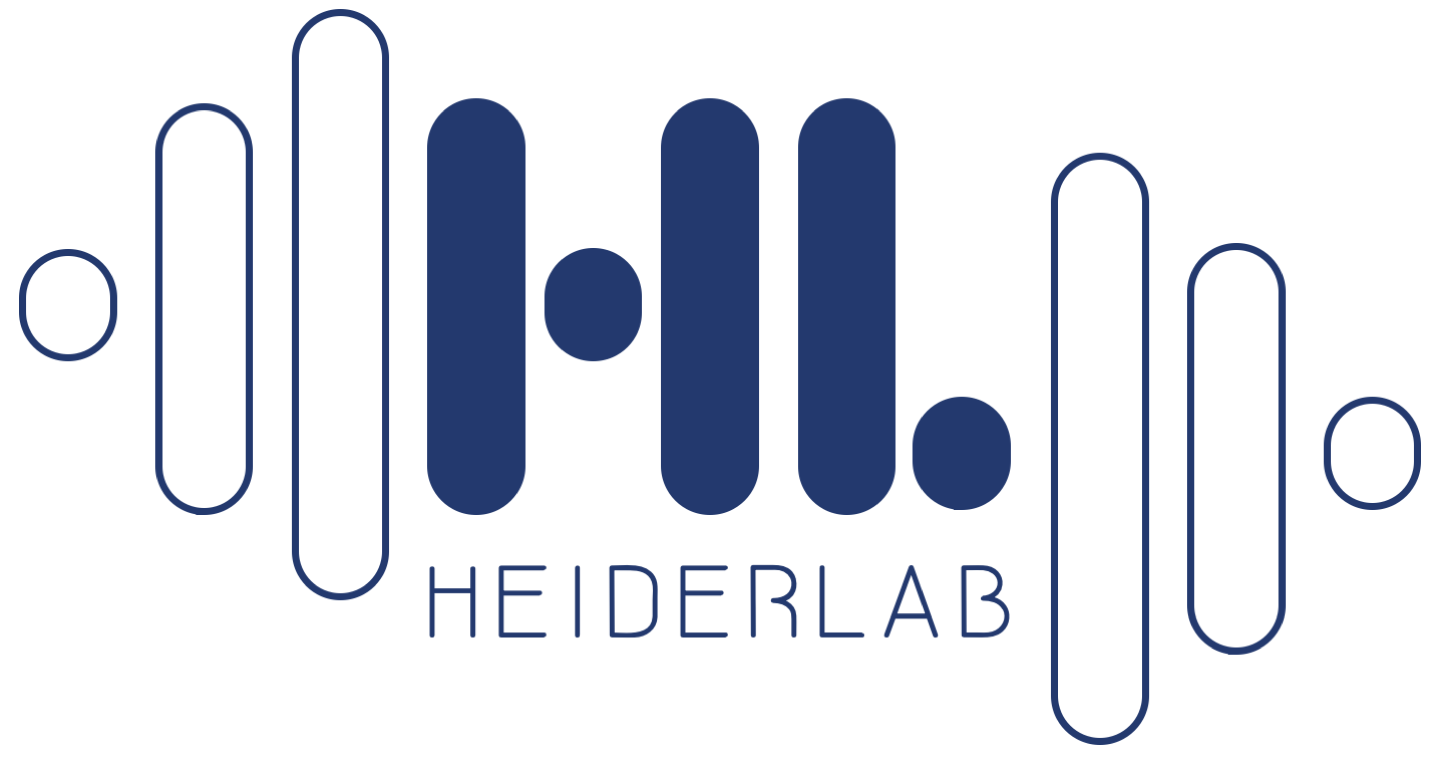New publication
We published a new article in BioData Mining:
Riemenschneider M, Senge R, Neumann U, Hüllermeier E, Heider D: Exploiting HIV-1 protease and reverse transcriptase cross-resistance information for improved drug resistance prediction by means of multi-label classification. BioData Mining 2016, 9:10. (Link)
Abstract
Background
Antiretroviral therapy is essential for human immunodeficiency virus (HIV) infected patients to inhibit viral replication and therewith to slow progression of disease and prolong a patient’s life. However, the high mutation rate of HIV can lead to a fast adaptation of the virus under drug pressure and thereby to the evolution of resistant variants. In turn, these variants will lead to the failure of antiretroviral treatment. Moreover, these mutations cannot only lead to resistance against single drugs, but also to cross-resistance, i.e., resistance against drugs that have not yet been applied.
Methods
662 protease sequences and 715 reverse transcriptase sequences with complete resistance profiles were analyzed using machine learning techniques, namely binary relevance classifiers, classifier chains, and ensembles of classifier chains.
Results
In our study, we applied multi-label classification models incorporating cross-resistance information to predict drug resistance for two of the major drug classes used in antiretroviral therapy for HIV-1, namely protease inhibitors (PIs) and non-nucleoside reverse transcriptase inhibitors (NNRTIs). By means of multi-label learning, namely classifier chains (CCs) and ensembles of classifier chains (ECCs), we were able to improve overall prediction accuracy for all drugs compared to hitherto applied binary classification models.
Conclusions
The development of fast and precise models to predict drug resistance in HIV-1 is highly important to enable a highly effective personalized therapy. Cross-resistance information can be exploited to improve prediction accuracy of computational drug resistance models.

